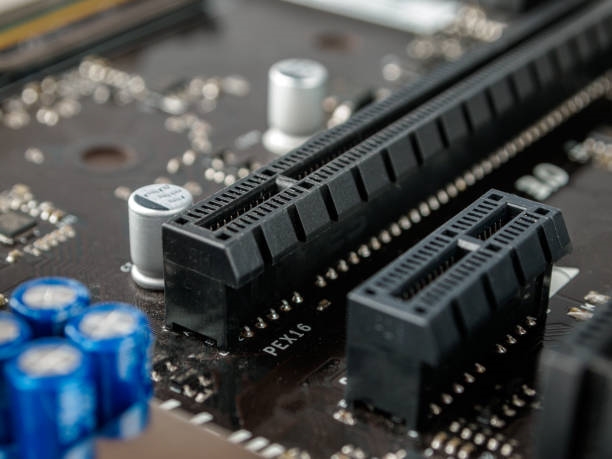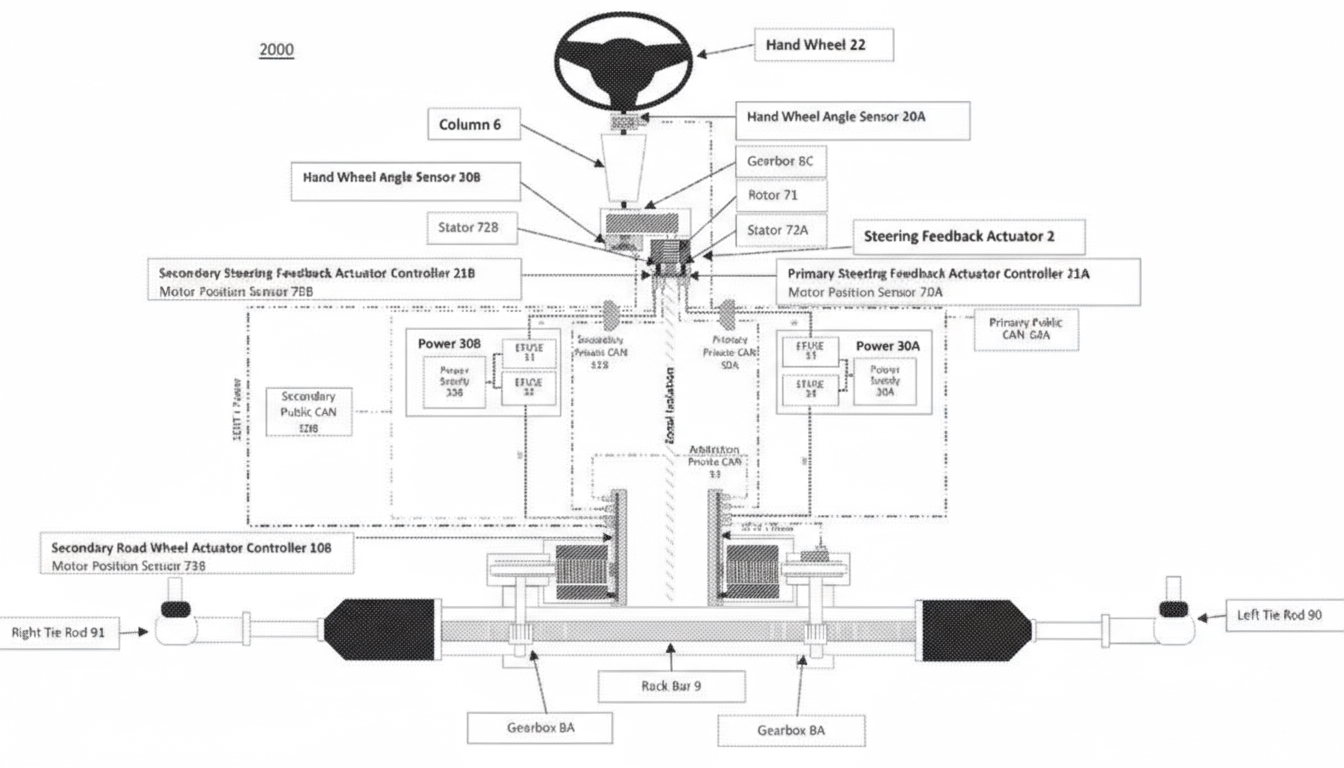On April 23, 2025, at the Shanghai Auto Show, Intel introduced its second-generation AI-enhanced software-defined vehicle (SDV) system-on-chip (SoC) and announced new partnerships with Black Sesame Technologies, MiniMax, and BOS Semiconductors. These collaborations aim to address technical challenges in vehicle intelligence and foster an open ecosystem for smart automotive solutions.
Second-Generation AI-Enhanced SDV SoC
Intel¡¯s second-generation AI-enhanced SDV SoC is the first in the automotive industry to adopt a multi-node chiplet architecture. This design allows automakers to customize computing, graphics, and AI functionalities, reducing development costs and time-to-market. Key features include:
- Up to 10 times higher generative and multimodal AI performance compared to the previous generation.
- Up to three times improved graphics performance, enabling richer human-machine interface experiences.
- Support for 12 camera channels, enhancing camera input and image processing capabilities.
This flexible, future-oriented architecture enables automakers to create differentiated products with lower power consumption and costs, delivering advanced experiences for drivers and passengers.
Strategic Partnerships for Automotive Intelligence
Intel has partnered with multiple companies to advance vehicle intelligence, strengthening its position in the automotive market.
Black Sesame Technologies: Cockpit-Driving Fusion Platform
Intel and Black Sesame Technologies jointly launched a cockpit-driving fusion platform integrating Intel¡¯s AI-enhanced SDV SoC with Black Sesame¡¯s Huashan A2000 and Wudang C1200 chip families. This platform delivers high computational power to support driving needs from L2+ to L4 and enhanced interactive cockpit experiences. The open, scalable design allows automakers to adapt a single platform across multiple vehicle models, simplifying development. A reference design is planned for release in Q2 2025, with production preparations underway.
MiniMax: Edge-Native Intelligent Cockpit
Intel and MiniMax are developing an edge-native intelligent cockpit featuring an offline GUI agent, enabling seamless user experiences without network dependency. Leveraging Intel¡¯s hardware performance and MiniMax¡¯s efficient edge-based large language model, the system supports offline voice command recognition, contextual memory, personalized recommendations, and screen operations. It handles complex dialogues, parses natural language, and enhances human-machine interaction.
BOS Semiconductors: AI Acceleration
Intel¡¯s collaboration with BOS Semiconductors focuses on delivering high-performance AI solutions for advanced driver assistance systems and in-vehicle infotainment. By integrating BOS¡¯s Eagle-N AI accelerator chiplet with Intel¡¯s AI-enhanced SDV SoC, the partnership provides automakers with scalable, high-compute AI platforms. Intel¡¯s open hardware and software architecture supports this flexibility, accelerating the adoption of intelligent vehicle technologies.
Localized Support and Ecosystem Development
Intel¡¯s open chiplet platform enables automakers to integrate intellectual property into its roadmap seamlessly. Supported by its Chengdu facility, Intel provides localized customization services. The Shanghai Auto Show showcased Intel¡¯s comprehensive vehicle intelligence solutions, highlighting the technical contributions of its partners and reinforcing its commitment to advancing automotive innovation.
 ALLPCB
ALLPCB







